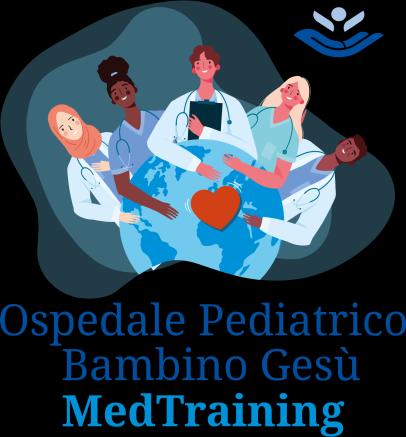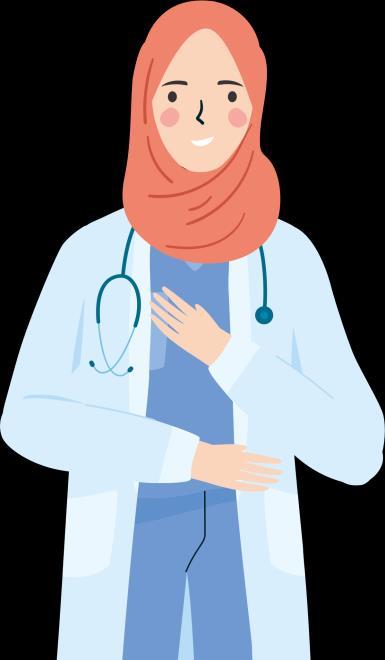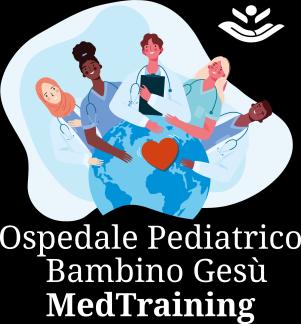Organization for health professions: Design process
















Organization for health professions: Design process


An organizational solution superseding the «divisional model», based on the capability to connect the medical knowledge structure (increasingly divided into specialties) to the hierarchical organization of the professional practice.





Organization for health professions: Design process


Organization for health professions: Design process



























Organization for health professions: Design process




Organization for health professions: Design process



Organization for health professions: Design process



retains the clinical responsibility of an Operating Unit belonging to the Department

retains the relevant organizational responsibility
bears an undefined share of responsibility in the organization of the Department itself








To achieve the organizational modernization and the sustainable development of the healthcare facility:


The structure of Departments requires deep changes in terms of organizational culture and operators’behaviours, which


The full implementation of Departments is a complex process of organizational innovation, which is possible only if it goes along with the concrete willingness of all operators, at all levels.



The Operational Units of a Department maintain their independence and responsibilities, while pursuing common objectives and shared goals


Merging of skills and experiences


Interdisciplinarity Continuity of care Merging of Operating Units according to efficiency and practical effectiveness criteria







Organization for health professions: Design process












Organization for health professions: Design process


Organization for health professions: Design process


Organization for health professions: Design process


Organization for health professions: Design process


Organization for health professions: Design process


Goal:





The grouping of hospital functions, aimed at the optimization of the use of resources within a hospital or healthcare authority, must be based on the good planning and proper and careful management of the resources. This happens when:

the number of resources users is high enough to initiate the dynamics of scale economy

the resources acquired are ready for sharing and are not allocated exclusively to specific operational contexts
the resources used by a specific group of operating units (e.g. operating rooms) are significantly homogeneous

Facilities,







Encourage integration:
Physically:
Organizationally:

Clinically:

Culturally:































Operating Units
Organizational Module

Functional Module
Organization for health professions: Design process










Organization for health professions: Design process


Organization for health professions: Design process






Organization for health professions: Design process


Organization for health professions: Design process





Organization for health professions: Design process


Head of complex O.U.
Head of the intra- or interdepartmental programme
Head of simple O.U. with departmental value

• Heads of simple O.U.s
• Medical managers with professional positions
• Nursing service

According to the level of organizational powers, i.e. to their centralization or decentralization within the Departments, it is possible to discriminate:


Increased shareability:


Organization for health professions: Design process







Organization for health professions: Design process


Organization for health professions: Design process















